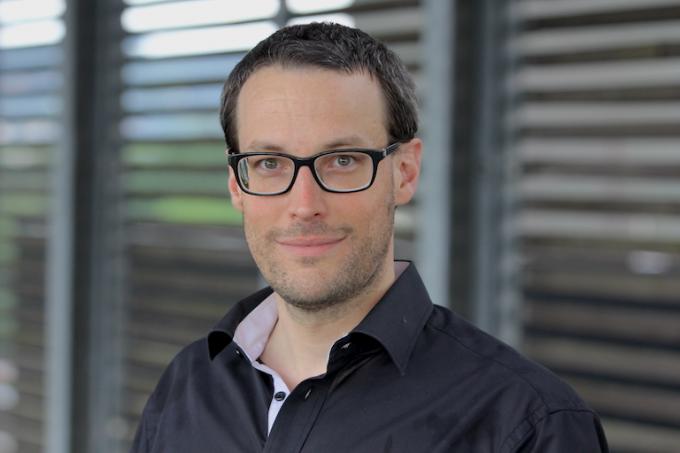
W imieniu Dziekana Wydziału serdecznie zapraszamy pracowników oraz studentów na kolejne seminarium wydziałowe, które odbędzie się w najbliższy wtorek 3 marca o godz. 12:30 w Instytucie Informatyki, sala 25. Prelegentem będzie prof. Ivo F. Sbalzarini z TU Dresden, który wygłosi wykład pt.
New computing enables new biology, which inspires new computing.
Przed seminarium, o godz. 12.00, Dziekan zaprasza na kawę i ciastka. Uwaga: ze względu na planowany udział w wydarzeniu słuchaczy spoza naszego wydziału, wykład odbędzie się w sali 25. Poczęstunek natomiast zostanie podany tam gdzie zawsze, tzn. na I piętrze w okolicy sali 119.
Streszczenie:
Development and morphogenesis of tissues, organs, and embryos emerges from the collective self-organization of cells that communicate though chemical and mechanical signals. Decisions about growth, division, and migration are taken locally by each cell based on the collective information. In this sense, a developing tissue is akin to a massively parallel computer system, where each cell or processor computes robust local decisions, integrating communication with other cells/processors. Mechanistically understanding and reprogramming this system is a grand challenge. Our vision is to develop a virtual computer model of a developing embryo, incorporating the known biochemistry and biophysics into a computational model in 3D-space and time, in order to understand the information-processing aspects of development on an algorithmic basis. While the “hardware” (proteins, lipids, etc.) and the “source code” (genome) are increasingly known, we known virtually nothing about the algorithms that this code implements on this hardware. Using examples from our work, I highlight computational challenges along the way. These range from content-adaptive data representations for machine learning, to novel languages for parallel high-performance computing, to virtual reality and real-time visualization for 3D microscopy and numerical simulations of biochemical and biomechanical models. This cooperative interdisciplinary effort contributes to all involved disciplines.
